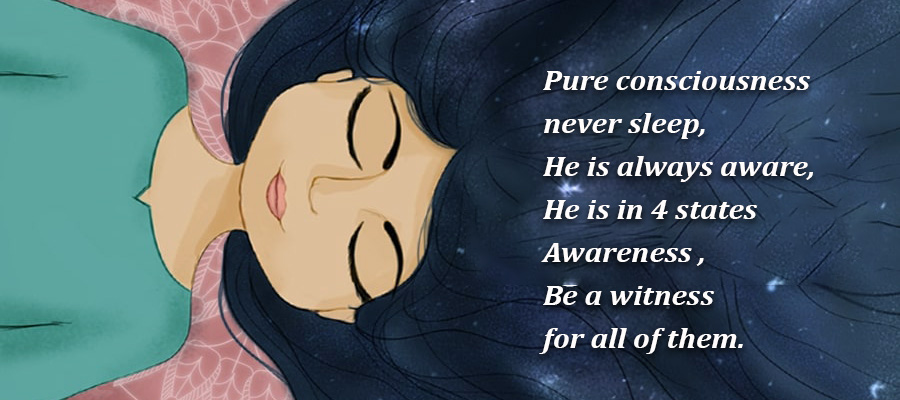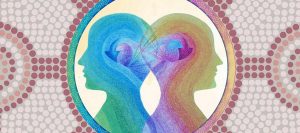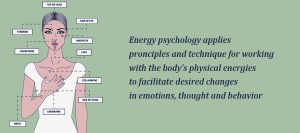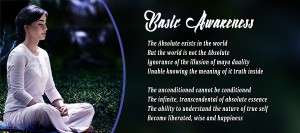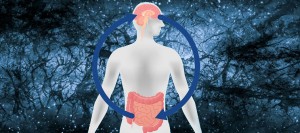- 1Mind and Prana
- 1.1Healing
- 1.2Sleep and the Home
- 2The Great Cosmic Dream
- 3Every Day as the Creation of the Entire Universe
- 4THE POWER OF CONSCIOUSNESS
- 5Three Worlds and Five Bodies
- 6SLEEP AS A SPIRITUAL DISCIPLINE
- 7Ayurvedic View of Dreams
- 8SLEEP PROBLEMS
- 8.1Why do we sleep?
- 8.2How does sleep affect memory?
- 8.3What has changed in sleep research?
- 8.4What do you measure to test brain health?
- 9NIDRA YOGA — MINDFUL SLEEP
- 10YOGA AT EACH LEVEL OF CONSCIOUSNESS
- 10.1Yoga in the Waking State
- 10.2Yoga in Deep Sleep
- 10.3Yoga in the Fourth State
- 11Natural Patterns of Sleep
- 12Dreams and the Astral World
- 13Science and the Mind
Our biological time cycle through the day is not simply a physical movement but reflects an inner movement in consciousness. It is not defined by mere physiological energies but is ultimately connected to inner powers of eternity, from which we gain our capacity to renew body and mind.
Our biological clock reflects the movement of the Sun outwardly, as we wake in the sunlight in the morning and go to sleep at night after the Sun has set. On an inner level, our biological clock is defined by prana and measured by the breath. Each day, according to yogic texts, we have around 21,600 breaths, or one every four seconds, with 360 breaths every 24 minutes or 1/60th of a day.
The mind moves along with the breath and shares its rhythms and fluctuations. During sleep, the prana returns within, along with the mind, to a withdrawn state. Our biological clock is reset in deep sleep for another day.
There is much in our modern behavior that has removed us from the organic time of nature, with our events in social time measured by mechanical clocks. Beginning with the appearance of electricity, we have inhabited the night and habitually stay up past sunset, countermanding our biological rhythms. Until we accept our biological rhythms, proper sleep will be denied to us, and with that denial our physiological and psychological functions will be disturbed.
Sleep and dreams are a psychic reservoir of restoration, power and mystery.
Like waves crashing upon the shore, then receding, our individual awareness vacillates between wakefulness and unconscious or semiconscious dream states. The Mandukya Upanishad — the twelve-verse Vedic masterpiece which Adi Shankaracharya’s paramaguru, Gaudapada, called “the essence of all Vedanta” — outlines four states of consciousness: waking (jagrat); dreaming (svapna); deep sleep (shushupti); and a fourth state (turiya), which is witness to them all. Sages have proclaimed that deep contemplation upon this scripture can itself lead to enlightenment, owing to its philosophical poignancy.
As an individual awareness, we experience the cycle of waking, dreaming and deep sleep; but the ground of this experience, the Mandukya Upanishad explains, is the supreme consciousness which is beyond and witness to them all. Thus the sages famously propounded, “Atman is Brahman” — meaning the individual soul, when examined, is really the supreme consciousness itself. The focus of the Mandukya Upanishad ultimately is upon AUM. It elucidates how each vibrational segment of this mantra corresponds to one of the four conditions of consciousness, and the silence after the mantra’s utterance corresponding with turiya, the timeless, causeless resting place.
The Rishis saw the waking, dream and deep sleep states as part of a continuum of consciousness. One’s individual awareness experiences and identifies with each state in turn, mistaking “I” for the physical body, or for the astral body in the case of dream experience.
Pure awareness never sleeps. This mercury, mirror-like substance travels here and there, guided by the will of the perceiver. It is the venerable eye of the purusha. It is constantly aware, from the moment of the creation of the soul; and at the soul’s final merger in Siva it experiences super superconscious totality.
With awareness thus identified as the individuated aspect of consciousness that travels through various states of mind, it is easier to see that the waking and dreaming states are one and the same thing. They are real when experienced, but ultimately illusory in relation to Brahman, the supreme consciousness.

